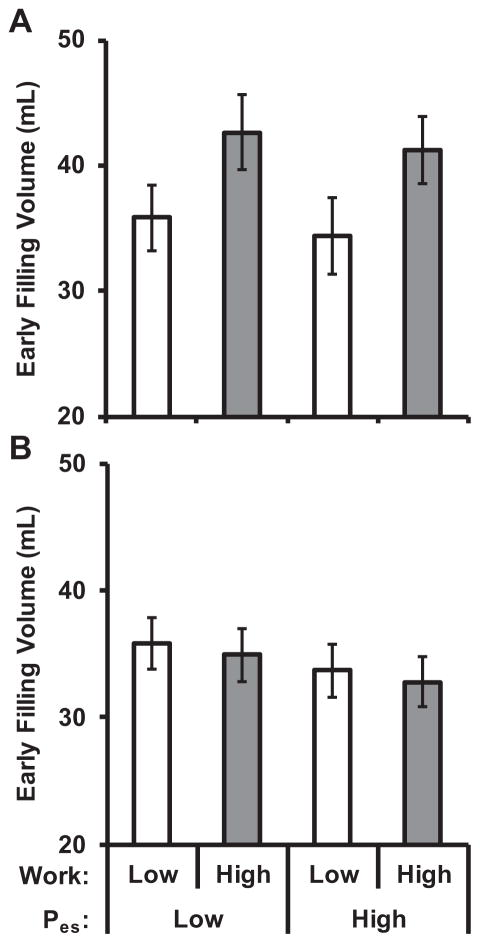Figure 2. Relations of early filling volume with aortic work and end-systolic pressure.
Early diastolic filling volume summarized according to groups defined by median values of aortic work and end-systolic pressure (Pes) in men (A) and women (B). In men, greater early diastolic filling was associated with higher aortic work (P<0.001), but was not related to end-systolic pressure (P=0.4). In women, early filling volume was unrelated to aortic work (P=0.5) and end-systolic pressure (P=0.1). There were 45 men with low aortic work and low pressure, 34 with low aortic work and high pressure, 35 with high aortic work and low pressure, and 44 with high aortic work and high pressure. There were 55 women with low aortic work and low pressure, 40 with low aortic work and high pressure, 40 with high aortic work and low pressure, and 54 with high aortic work and high pressure. Values represent the mean and 95% confidence intervals. Values were adjusted for age, height, weight, heart rate, fasting glucose, total cholesterol, HDL cholesterol, triglycerides, left ventricular end-diastolic volume, augmentation index, diabetes, current smoking, cardiovascular disease, treated hypertension, and statin use.

